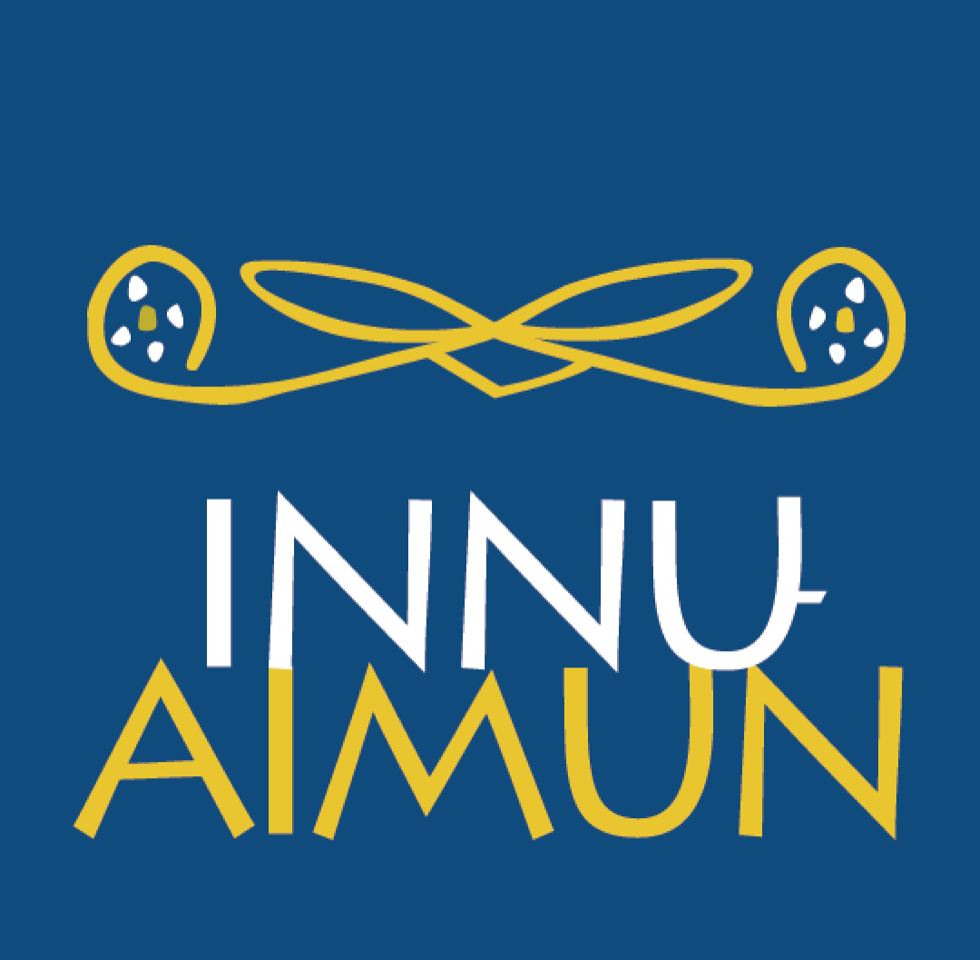| Tshissamᵘ uiash. | She cooks meat. |
| Tshissamueu utauassima uiashińu. | She cooks meat for her children. |
The verb tshissamueu is an applicative (benefactive) verb. It’s formed by adding the suffix –(a)u to the stem tshissam- followed by the transitive animate verb final -eu, which adds a participant, here the beneficiary of the action, utauassima her children.
Here are some examples in the first person:
| Nitshissen uiash. | I’m cooking meat. |
| Nitshissamuauat nitauassimat uiashińu. | I’m cooking meat for my children. |
Other examples of applicative benefactive verbs (VTA):
| VTA (applicative) | |||
| petau (VAI+O) | she brings something | petueu | she brings something to someone |
| mitshiminamᵘ(VTI) | he reserves something | mitshiminamueu | he reserves something for someone |
| nimishtamᵘ(VTI) | she dances in honour of something | nimishtamueu | she dances in honour of someone |
| takunamᵘ(VTI) | he holds something | takunamueu | he holds something for someone |
| mashinaimᵘ(VTI) | she writes (something) | mashinaimueu | she writes (something) to someone |
The conjugation of applicative verbs with the suffix –(a)u is distinct, because the -a appears in the inverse forms.
| tshimashinaimun | you write me | tshimashinaimatin | I write you |
Note the difference between the homonyms petueu bring something to someone and petueu hear someone.
| VTA applicative petueu | VTA regular petueu | ||
| tshipetun | you bring me something | tshipetun | you hear me |
| tshipetuatin | I bring you something | tshipetatin | I hear you |
For more information, consult Grammaire innue (Drapeau, 2014: pp. 224-230).

